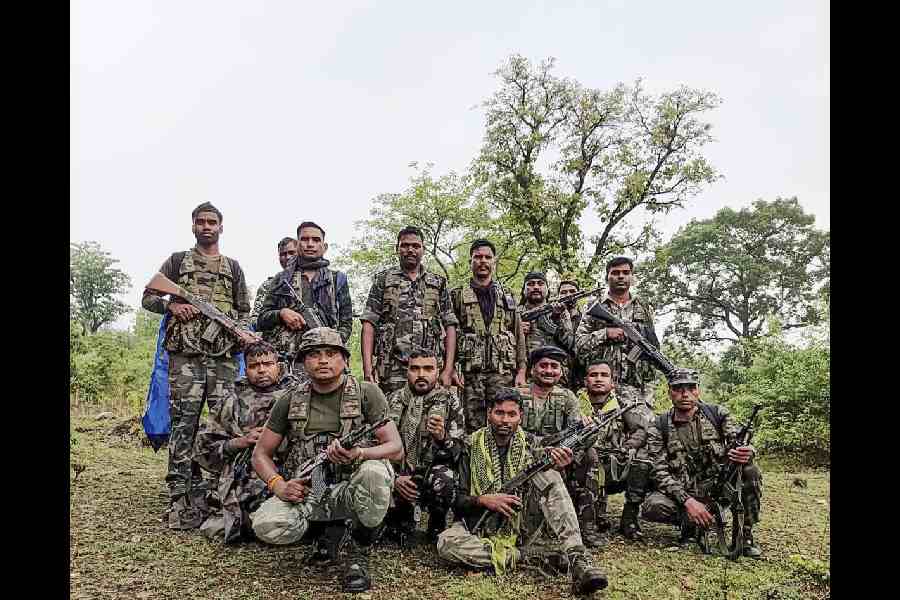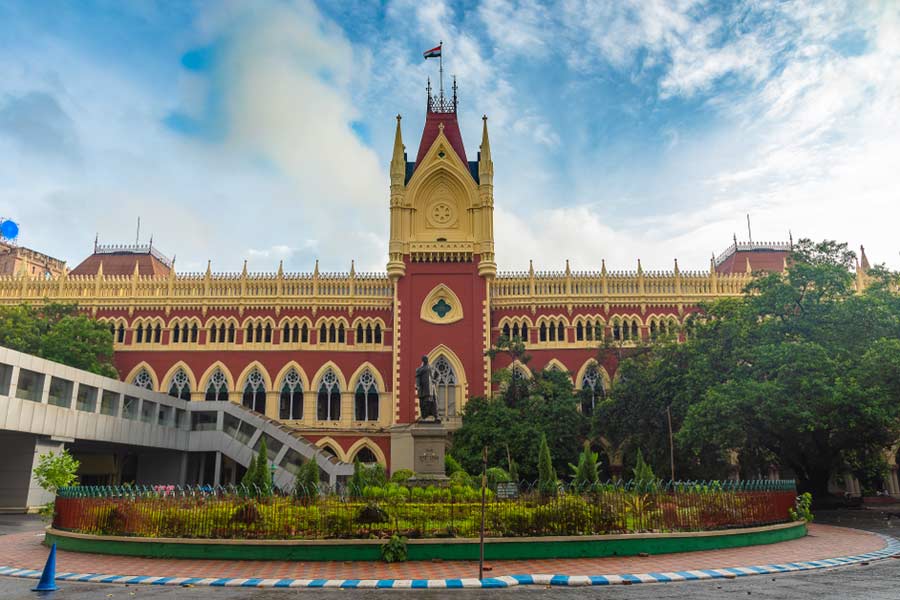 |
 |
| The team has so far discovered over 20 new mammals, including hitherto unknown ancestors of horses, from vastan |
India’s chances of attaining pride of place on the global evolutionary map hinges on a nondescript coal mine in Surat district in Gujarat. The Vastan lignite mine, located nearly 80 kilometres from the textile city of Surat, have of late become a happy hunting ground for bone collectors not just from India but overseas as well.
The two latest finds, set to rearrange palaeontological records, are among a long list of discoveries from the region. One of these is a set of ankle bones from the oldest known ancestors of rabbits. Dating back to some 53 million years, it is at least a few million years older than the remains of similar animals dug from elsewhere in the past. The work, by an international team of palaeontologists including Prof. Ashok Sahni of Punjab University in Chandigarh and Kenneth Rose of the Johns Hopkins University School of Medicine in Baltimore in the US, appeared online in the Proceedings of Royal Society ‘B’ last month.
The second discovery is that of fossil lizards, called agamids. Reported by Sunil Bajpai and G.V.R. Prasad in the March issue of Palaeontologia Electronica, it could be significant in understanding the origin and subsequent dispersal of lizards.
After analysing the ankle bones, we concluded that they belong to a species of jumping animals, says Sahni.
“Vastan is emerging as a treasure trove for fossil hunters,” Sahni told KnowHow. Last year his team discovered the oldest bird fossil from the Indian continent in Vastan. The 53 million-year-old fossil — of a small bird said to be the ancestor of the Great Indian Bustard — has been named Vastanavis after the site where it was found. The discovery meant that Indian avian history was nearly 20 million years older than thought, says Sahni.
Indian palaeontologists discovered the Vastan lignite mine, operated by the Gujarat Industries Power Company Limited, by chance. Bandana Samant, currently a lecturer in geology at Banaras Hindu University, was the first researcher to work in the region. “My PhD work was on another nearby mine, at Rajpardi,” she says. Samant, who was subsequently at Nagpur University, passed on the material collected to Prof. Sunil Bajpai, a palaeontologist at the Indian Institute of Technology, Roorkee. The samples that she and Bajpai studied came from boreholes dug for initial prospecting of the lignite mine and yielded a rich collection of fish earbones. That was in 1994.
Since then, Bajpai and his team have been scouring the area. Along with his student Vivesh Kapur, he discovered the first vertebrate fossil in the Vastan lignite mine. These fossils were the oldest known remains of gobies, a family of small fish that now includes the largest number of species. Subsequently, Bajpai and his team uncovered scores of dental remains, skulls and bones of various mammals from Vastan, including early representatives of primates, hoofed mammals distantly related to modern horses and possible opossums (animals with pouches). Among non-mammalian species were lizards, frogs and snakes. All these belonged to an early Eocene era — which is closer to 54 million years ago.
Sahni and his collaborators from India and abroad have also been reporting remarkable discoveries independently from Vastan.
“The area is still under investigation and the potential is huge,” Bajpai told KnowHow. Bajpai’s team has so far discovered over 20 new mammals, including hitherto unknown ancestors of horses, from Vastan.
“Vastan is a delight for palaeontologists because the remains we excavate there belong to an era when India was still an island surrounded by oceans from all sides,” says Sahni. It will help us understand more about the animals that originally inhabited India, he adds.
“It provides us an excellent tool to evaluate the ‘Out-of-India’ hypothesis,” says Bajpai. The theory postulates that several animal and plant groups that originated in India — actually the former supercontinent Gondwanaland — moved to different geographic locations as the Indian plate began colliding with the Asian plate, thus giving rise to the Himalayas.
Consider this, for example. Bajpai and his team established the existence of Cambaytheres — distant ancestors of the modern horse — in India on the basis of fossils collected from Vastan two years ago. These animals may be slightly younger than the ones that existed in the northern hemisphere, but the scientists found that they are primitive in several dental characters. “The age of a fossil is only one of the factors in deciding where a particular lineage of animals first originated, the other prominent aspect being how evolved the species is in morphological features,” observes Bajpai.
There is yet another factor that makes Vastan a unique hunting ground for palaeontologists: buried deep in its layers of brown coal are remains of not just land animals but marine organisms too. Situated very close to the Gulf of Cambay in the Arabian Sea, Vastan was once said to be a marshy swamp home to a variety of animals.
“One of the major factors that played a critical role in making it a rich repository of fossils is a slow and steady sedimentation rate, which led to the proper burial of dead animals without much decomposition,” says B.N. Tiwari, a scientist at the Wadia Institute of Himalayan Geology, Dehradun, who is a collaborator of Bajpai.
All fossil hunters working in Vastan agree that the place may spring many more surprises. No wonder it continues to attract bone collectors from faraway countries like Belgium, the Netherlands and Sweden.











